of the Greenhouse Gas Protocol (WRI/WBCSD 2011, 2011a) - can be used, however the con-sistency of the chosen standard has to be explained and justified. A core element is the need of a "carbon neutrality management plan" (clause 9) that determines operational and organizational conditions, the time scale, the pathway including short- and.. nutzbarer methodischer Bilanzierungsansatz ist das Greenhouse Gas Protocol. Ihm liegen allgemeiner gehaltene Vorgaben zu Grunde, die darauf ausgelegt sind international von möglichst vielen Kommunen nutzbar zu sein. Bei der Erarbeitung von BISKO wurden diese Vorgaben explizit für die Gegebenheiten deutscher Kommunen weiterentwickelt. Jede

Scope 1, 2, 3 emissions explained
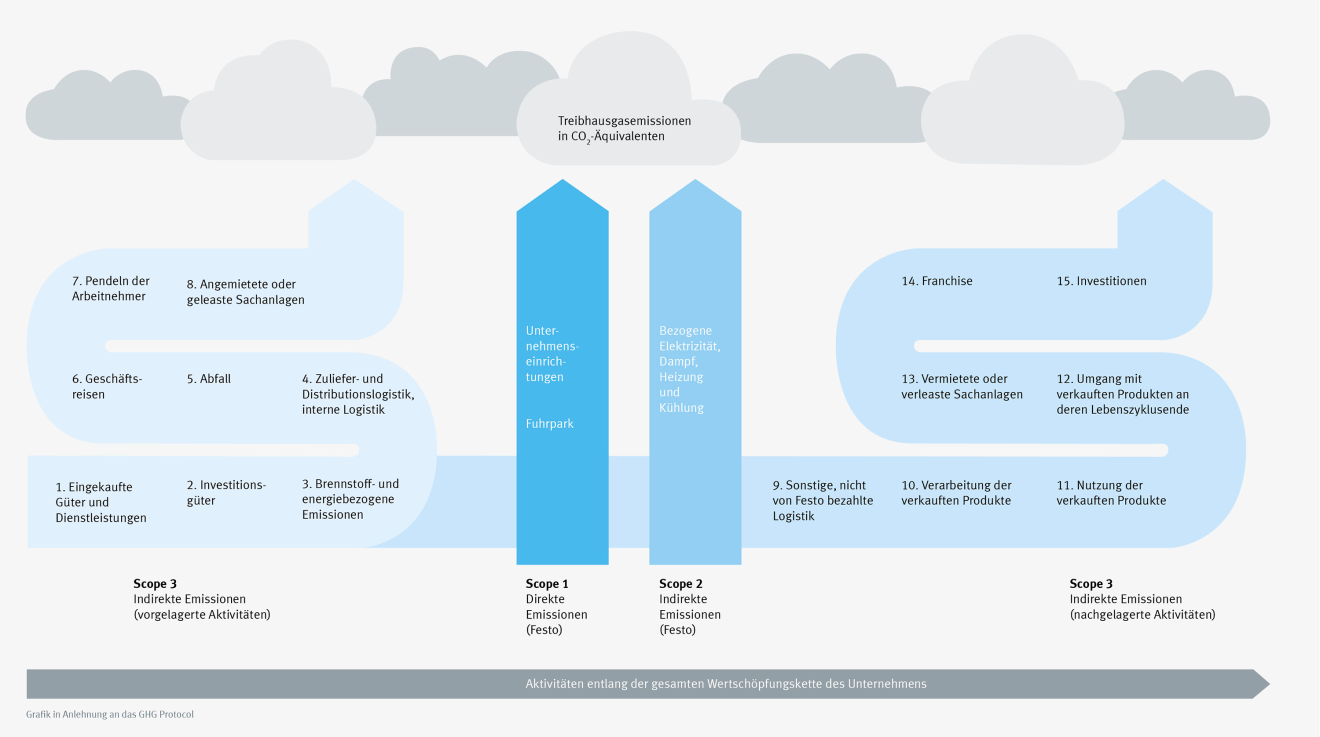
Umwelt, Energie und Bauen Festo DE
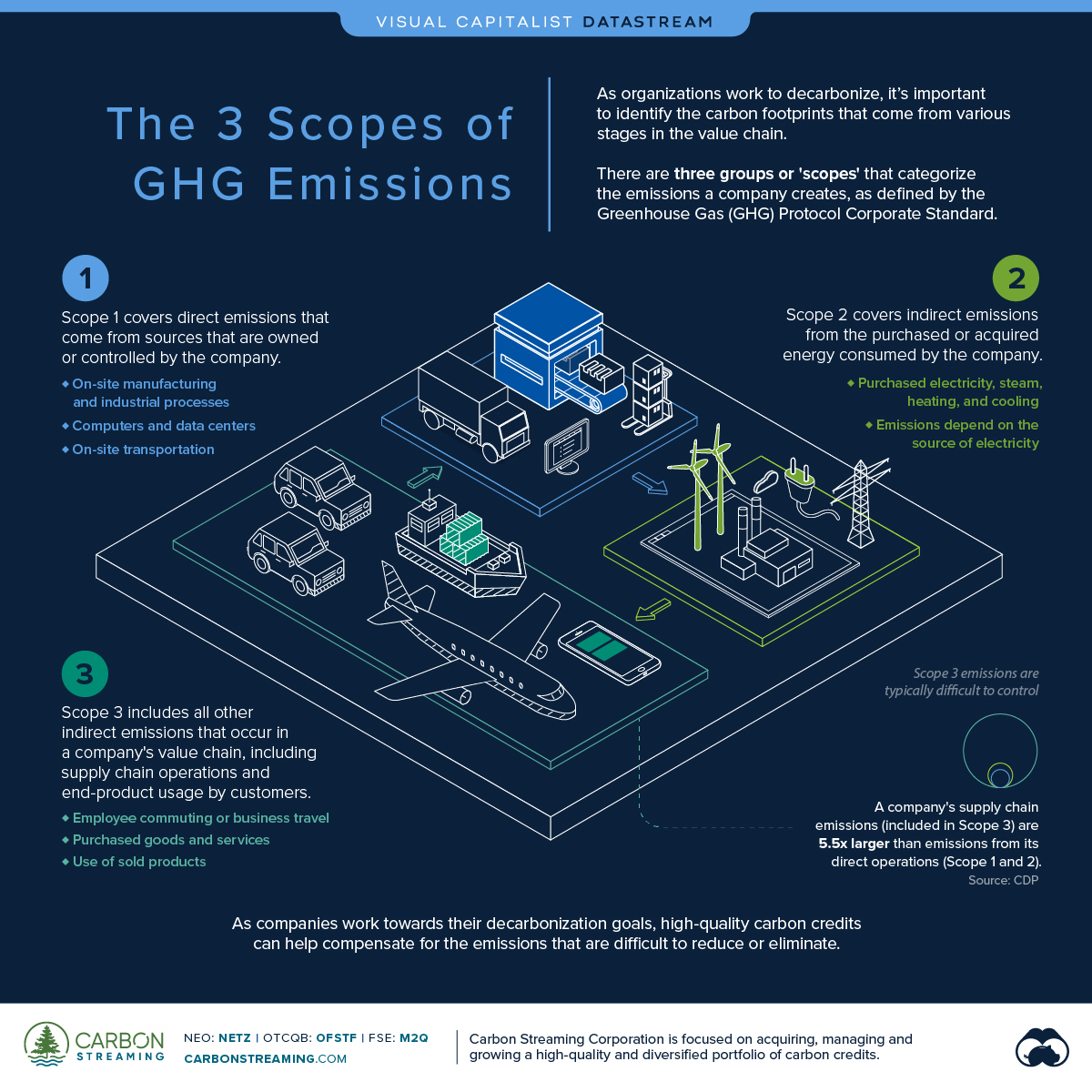
Visualizing the 3 Scopes of Greenhouse Gas Emissions Visual Capitalist
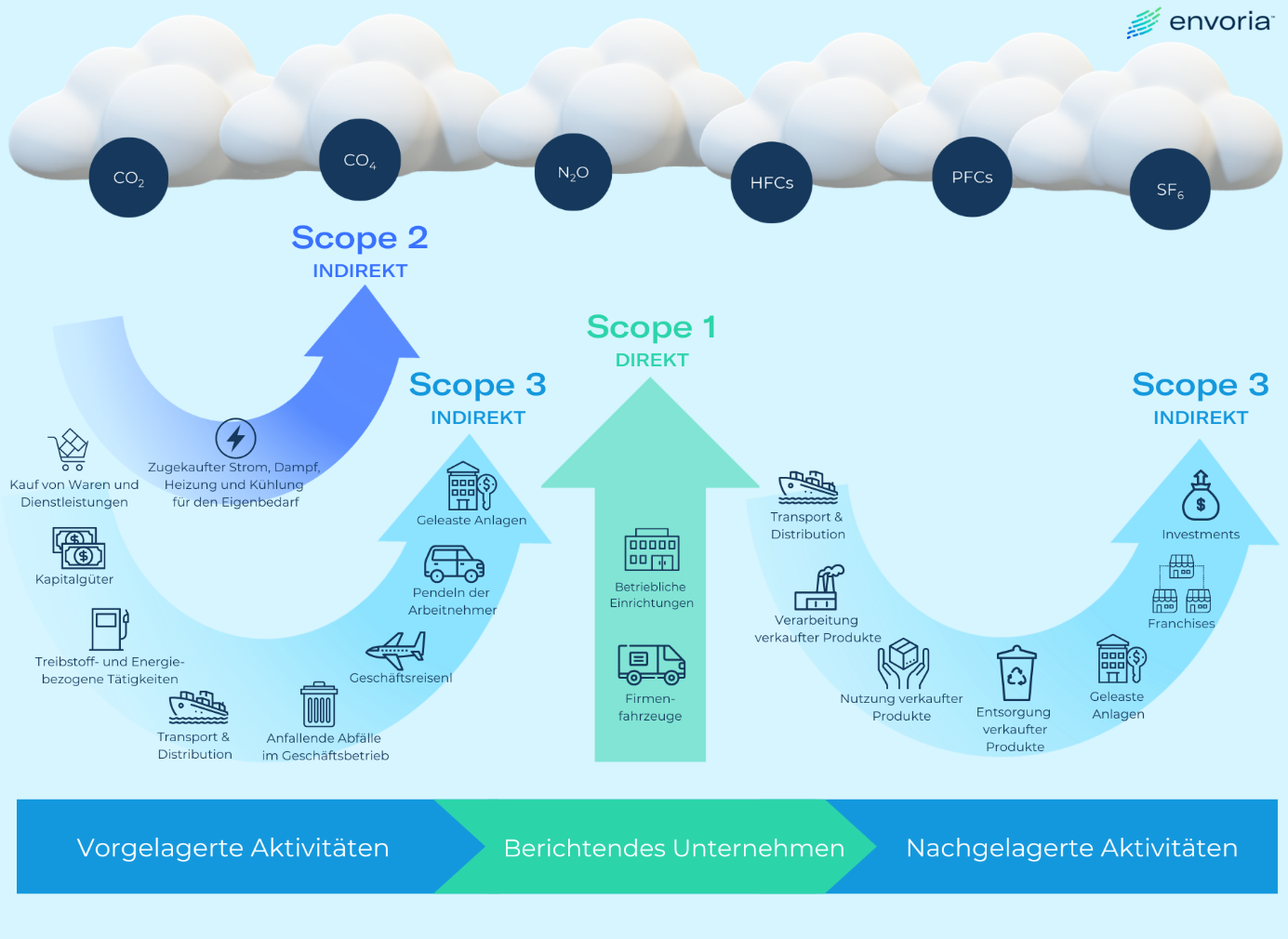
Envoria Was sind das GHGProtokoll und Scope Emissionen?

Supreme Court skeptical of greenhouse gas permits

Guidance Built on GHG Protocol Greenhouse Gas Protocol

About WRI & WBCSD Greenhouse Gas Protocol
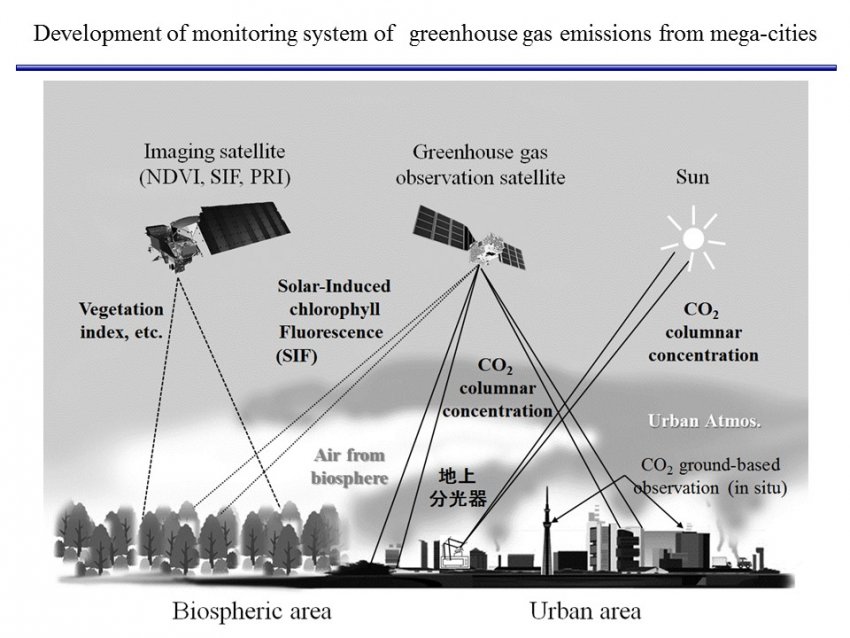
Development of Monitoring System of Greenhouse Gas Emissions from Megacities The University
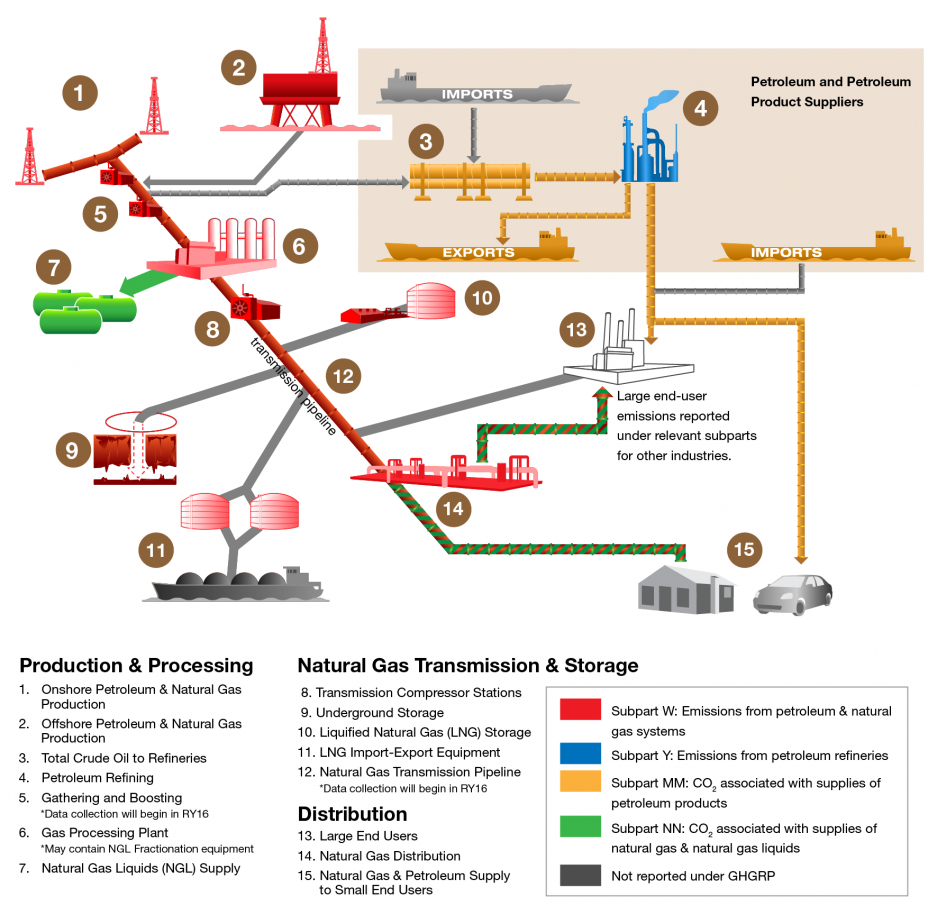
GHGRP and the Oil and Gas Industry Greenhouse Gas Reporting Program (GHGRP) US EPA
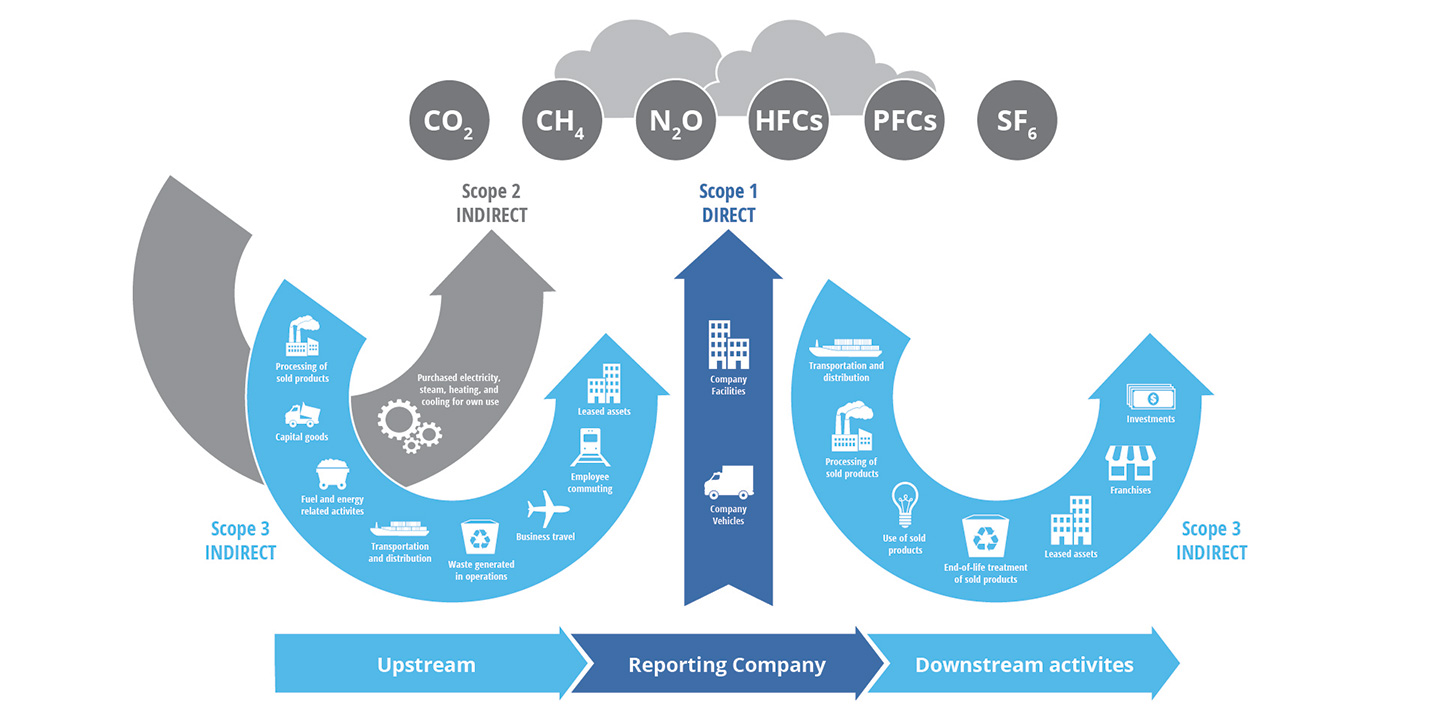
Three Steps for Greenhouse Gas Emissions Reporting
Greenhouse Gas Emissions Inventory Maricopa County, AZ
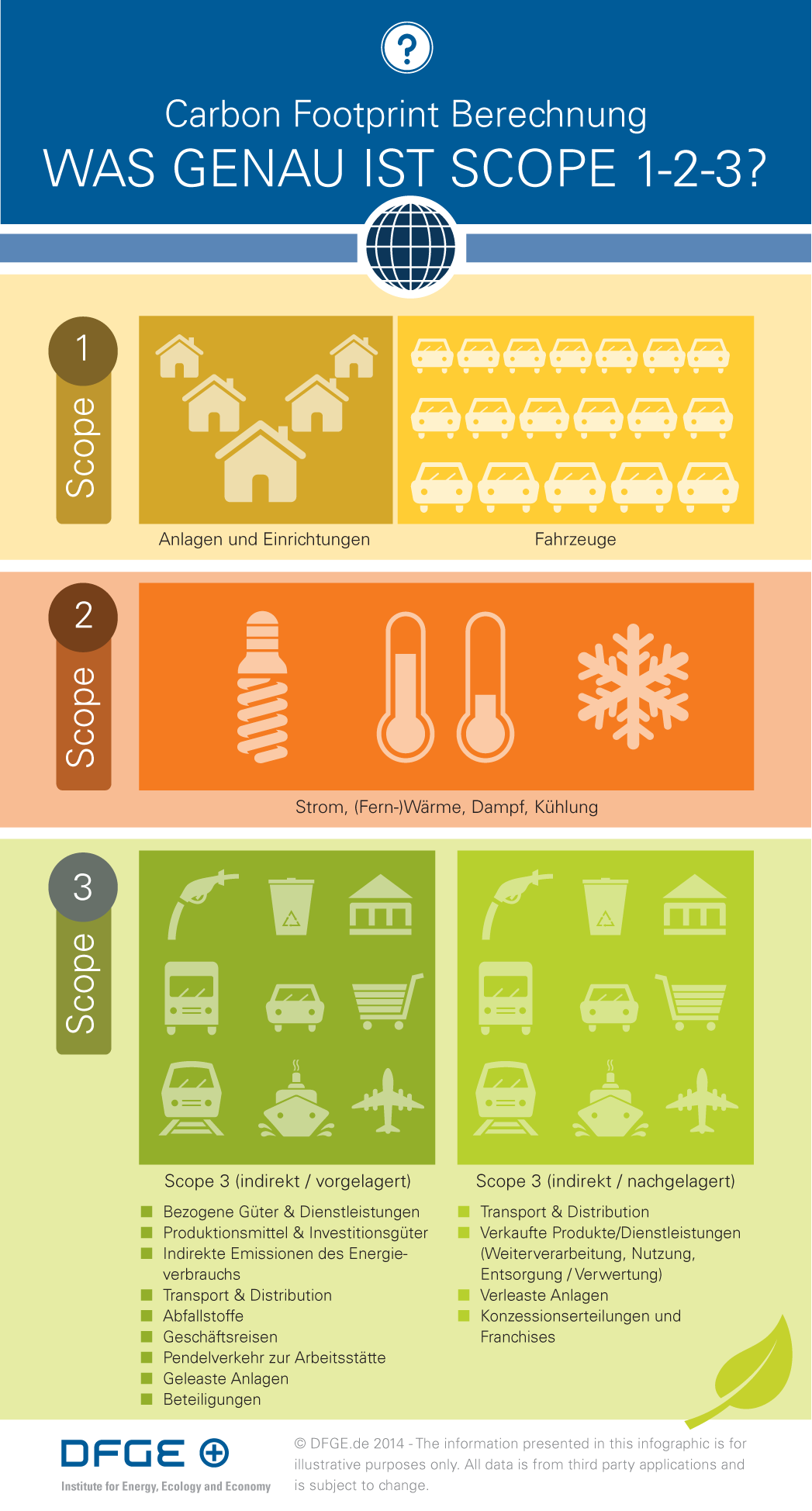
Produkt Carbon Footprint berechnen Greenhouse Gas Protocol, ISO

State of the Climate 2018 Bureau of Meteorology
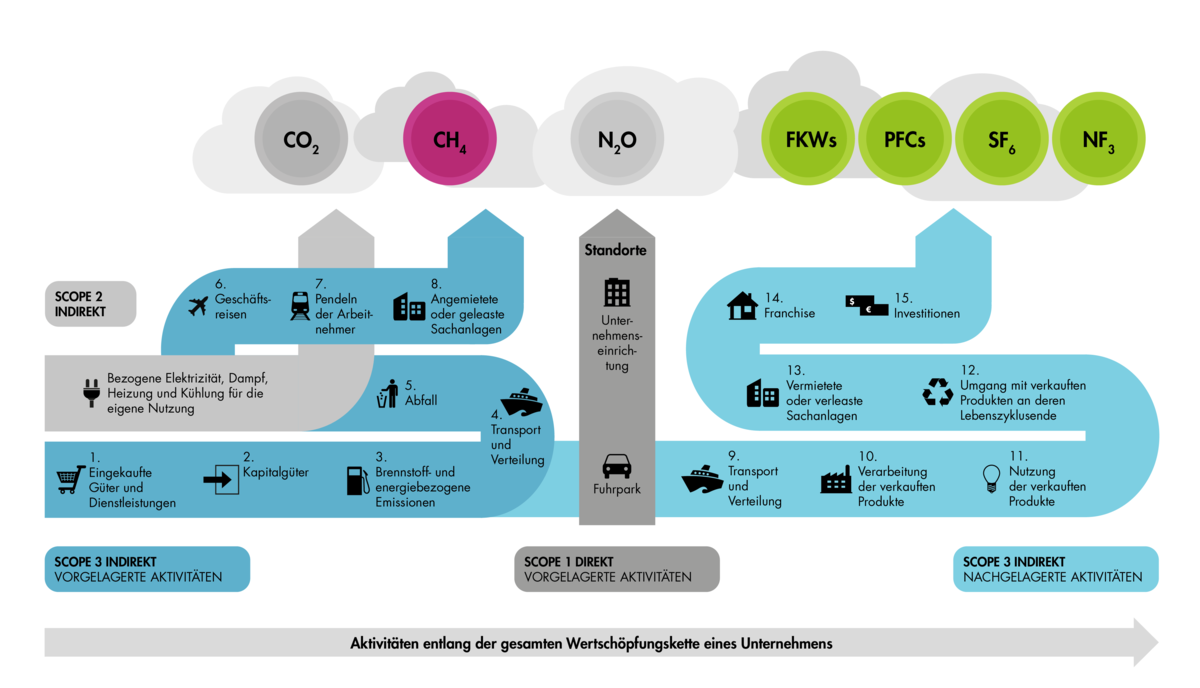
CO2Fußabdruck der SCHARRGruppe & FRIEDRICH SCHARR KG
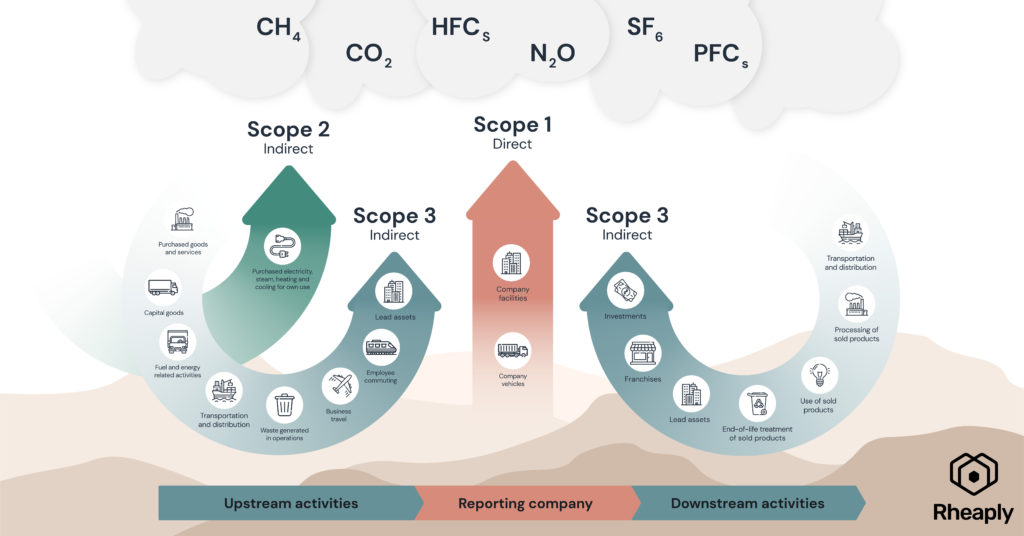
What are Scope 1, 2, and 3 emissions? Rheaply

Northern Gas and Power’s Business’ Guide to Net Zero NGP
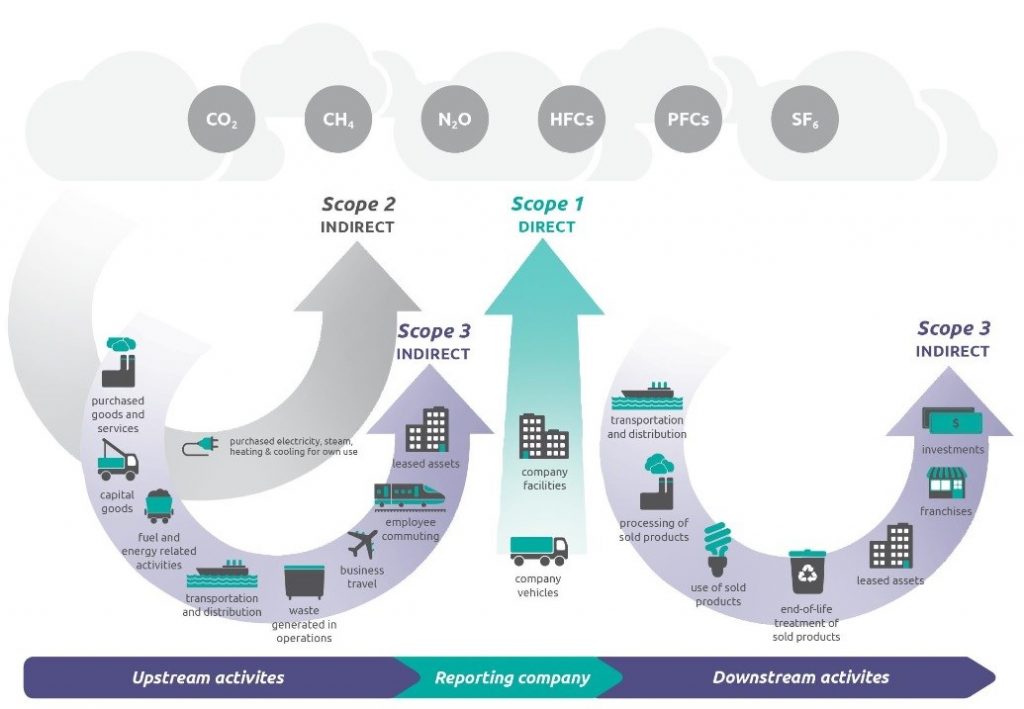
How to Cope with Scope 3 Emissions? Chloe Pan's Sustainability World
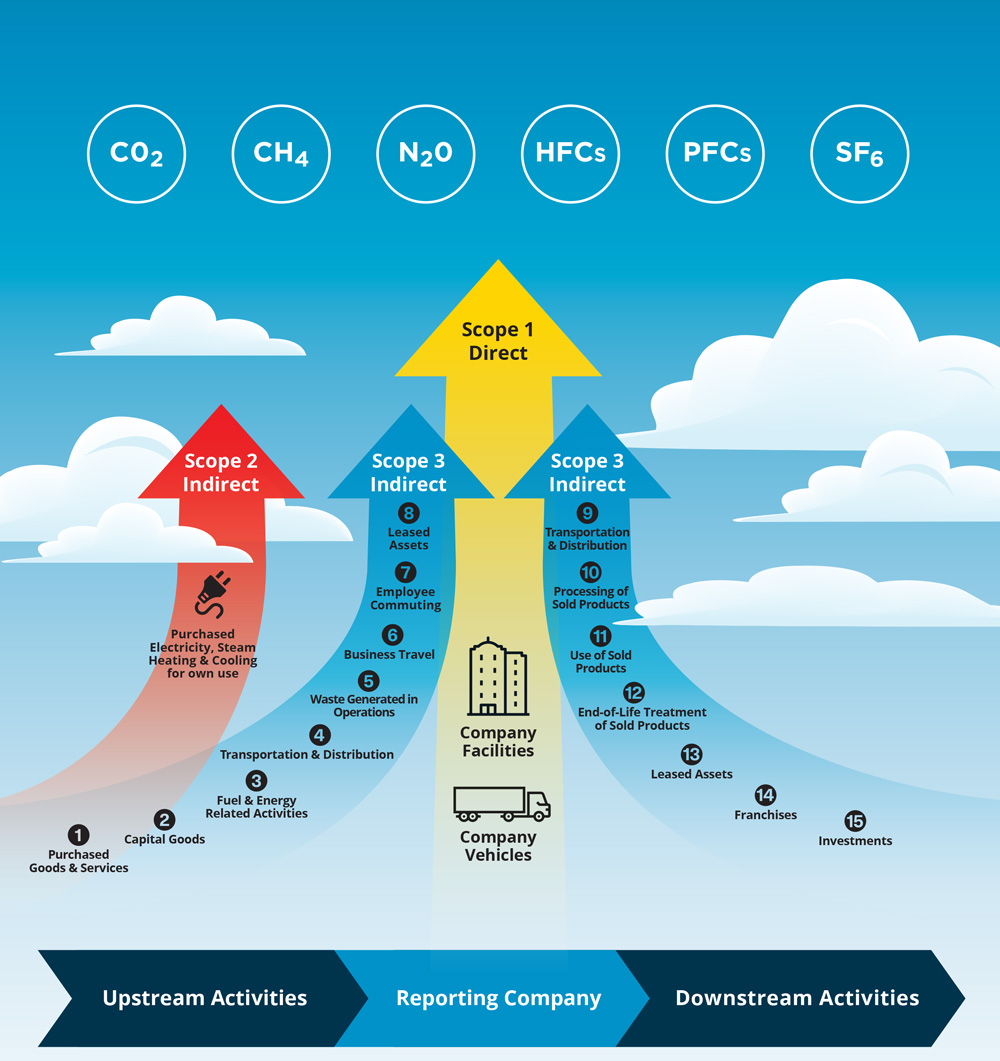
Greenhouse Gas Verification SCS Global Services
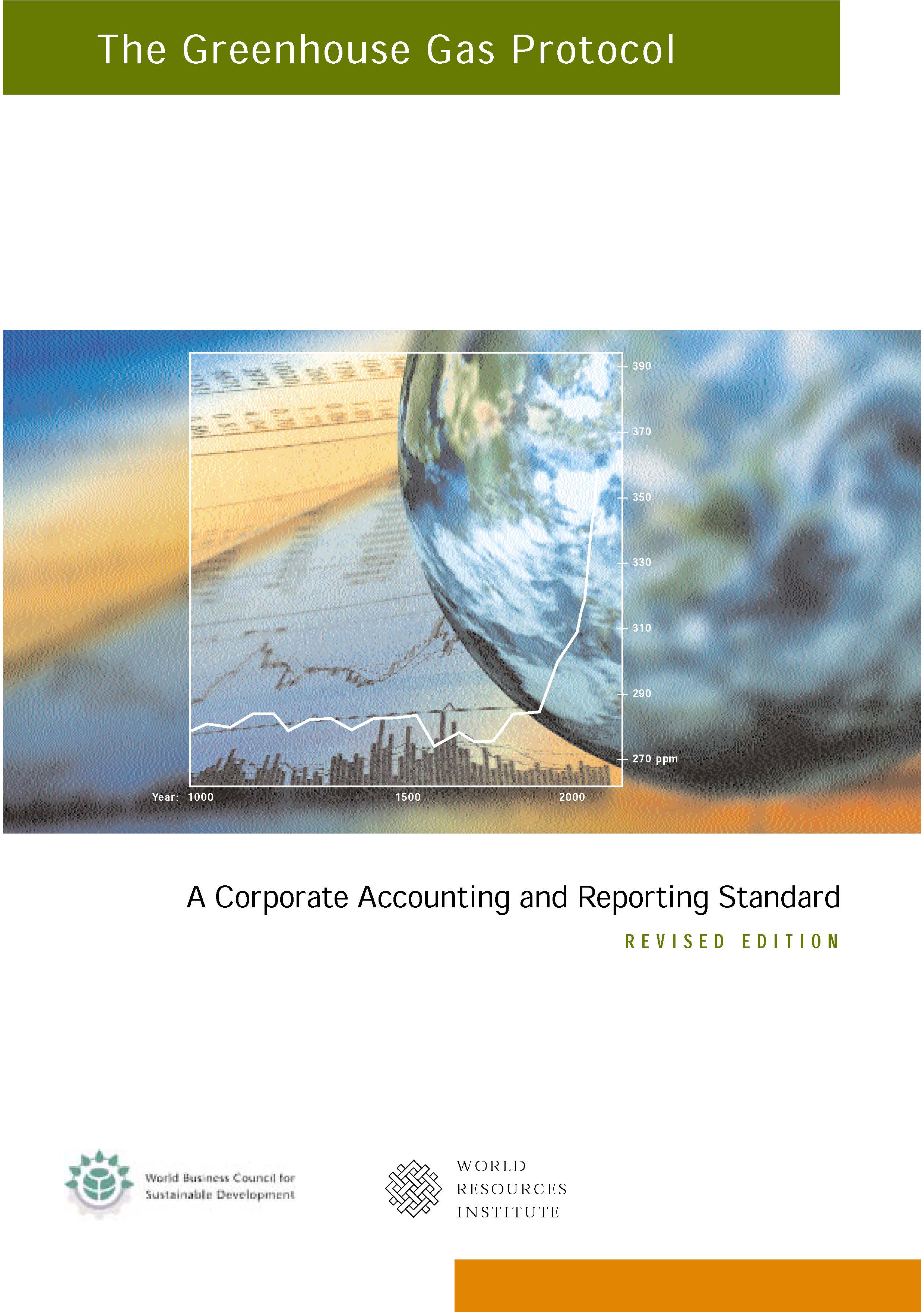
Corporate Standard GHG Protocol
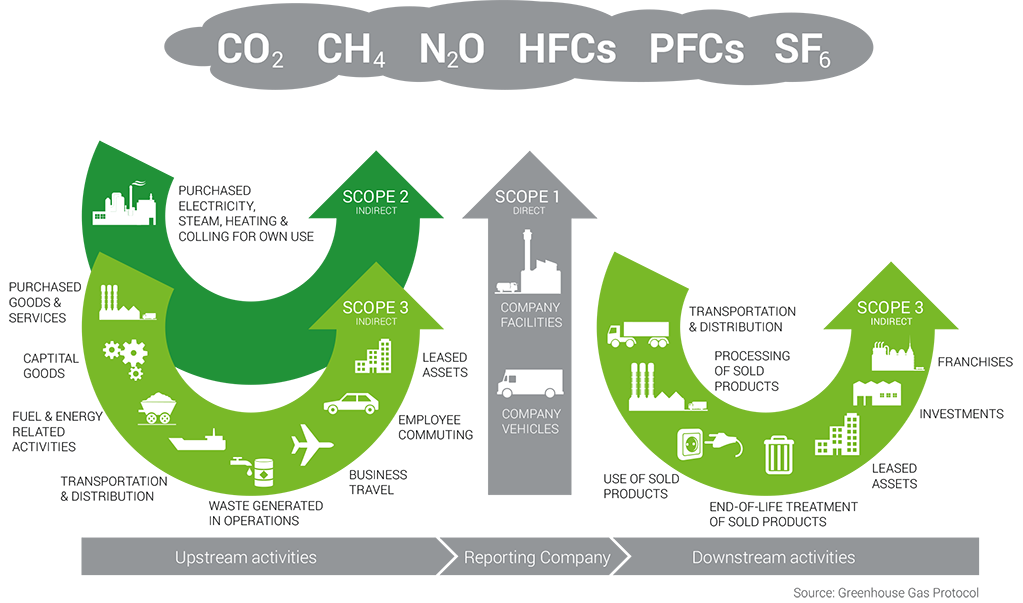
Reporting Elopak
The Greenhouse Gas Protocol — 390 — 370 — 350 — 330 — 310 — 290 — 270 ppm Year: 1000 1500 2000 WORLD RESOURCES INSTITUTE.. Greenhouse Gas Emissions Allowance Trading Scheme (EU ETS) • Sector-specific protocols developed by a number of industry asso-ciations, e.g., International Aluminum Institute, International.. ISO 14067 defines the principles, requirements and guidelines for the quantification of the carbon footprint of products (e.g. goods or services, including buildings and events). It describes the process to quantify GHG emissions associated with the life cycle stages of a product, beginning with resource extraction and raw material sourcing and extending through the production, use and end-of.